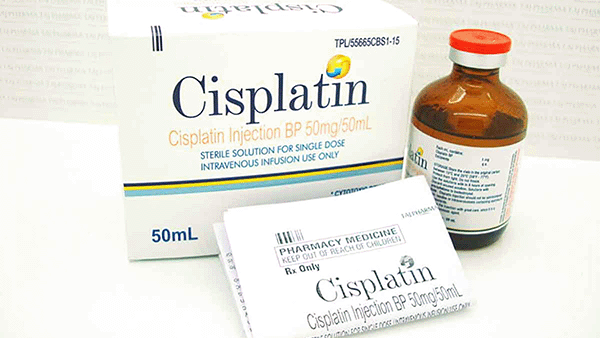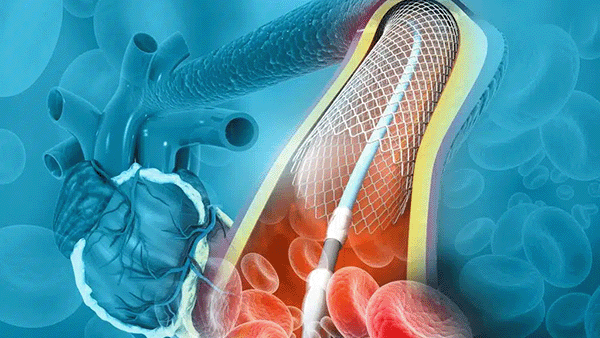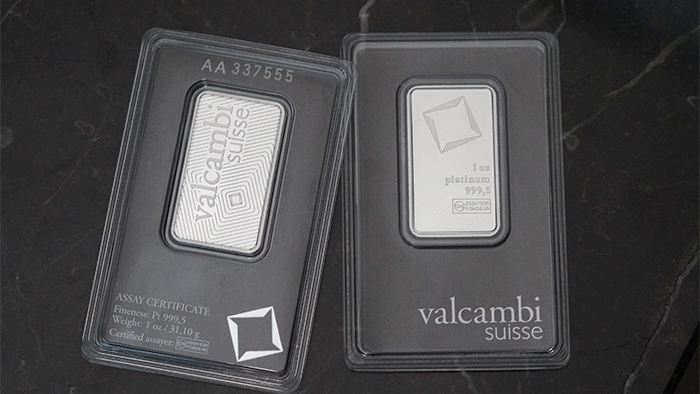Platinum Medical Demand Growth
Can an electrical field control life? This was the question in the mind of Dr. Barnett Rosenberg, a biophysics researcher at Michigan State University, when he observed the similarities between the microscopic images of dividing cells and iron shavings subjected to a magnetic field.
Rosenberg’s curiosity about whether an electrical field could inhibit bacteria growth and cell division led him to devise an experiment to find out. His team dipped platinum electrodes into E. coli bacteria cultures and increased the voltage.
They observed that bacteria cells stopped dividing in an electrical field despite their size growing up to 300 times larger. When the electrical field’s power was cut, the bacteria cells resumed their division.
Thinking that the effect was due to electrical currents, Rosenberg’s team spent the next two years trying to understand the phenomenon. After extensive investigation, they realized that cell division was inhibited not by the electrical field but by a small molecule released from the platinum electrodes.
That molecule was later named cisplatin and Rosenberg’s experiment was referred to as the “accidental discovery that led eventually to cisplatin.”
Cisplatin’s ability to inhibit cell division led Rosenberg to investigate if it could also stop cancerous cells from multiplying. Using mice with tumors as test subjects, he found that cisplatin at large doses, although highly toxic, effectively reduced tumor sizes significantly.
Building on this knowledge, researchers developed cisplatin as an anti-cancer drug, optimizing the compromise between toxicity and efficacy. While there were horrible side effects to contend with initially, the development of effective anti-nausea drugs and other treatments improved cisplatin’s use in fighting cancer.

Since the US Food and Drug Administration approved cisplatin in 1978, platinum drugs are now used in 40% of all chemotherapy treatments, administered by intravenous injection.
Platinum drugs, with different cisplatin formulations to reduce their side effects, are front-line cancer treatment drugs today used to treat testicular, ovarian, lung, and colorectal cancers.
Platinum in anti-cancer drugs is but one way the precious metal is used in the medical industry. According to the World Platinum Investment Council (WPIC), medical and biomedical demand for platinum is growing, accounting for 11% of total platinum industrial demand in 2023.
WPIC data projects platinum medical demand to grow 3% to 299 koz in 2024.
Why is Platinum Well-Suited to Medical Applications?
Platinum, a precious metal, is not only used in making platinum jewelry but also used extensively in the medical industry. This is due to its unique properties, which we list below.
Biocompatible—Platinum is inert and is neither toxic nor harmful to living tissue.
Dense—Hearing aids and pacemakers are built with platinum parts, partly because platinum shows up well on X-rays, absorbing X-rays rather than allowing them to pass through (radiopacity). This is due to platinum’s high density, having the highest atomic number of all medically used materials.
Resistant to corrosion—It does not corrode or rust and is unlikely to cause an allergic reaction inside the body.
Ductile—Platinum is malleable, capable of being hammered out into thin sheets or stretched and bent into delicate wires. Aneurysms, which are bulging of a blood vessel wall, are treated with platinum wire braiding techniques.
Conductivity—Electrical devices such as cardiac pacemakers and defibrillators are built with platinum parts and benefit from the precious metal’s conductivity.
Platinum in Medical Devices
Catheters
Catheters are widely used medical devices crafted from high-quality materials and serve numerous purposes. They are essential for delivering medications to precise locations, treating various diseases, and performing minimally invasive surgeries. The incorporation of platinum enhances many catheter functions. In electrophysiology catheters, platinum acts as an electrode material to monitor and measure cardiac muscle activity or to ablate and stimulate specific body areas. Platinum guide wires aid in steering catheters to targeted treatment sites, while platinum marker bands, positioned at the catheter's distal end, enable precise operation under radiographic imaging without requiring invasive incisions.

Cardiac Implants
Pacemaker parts, heart valve splices, and coronary stents frequently incorporate platinum elements, including pins, marker bands, leads, and electrodes. Platinum is favored for these applications because its high biocompatibility minimizes the risk of the body rejecting an implant.
Additionally, platinum's ductility makes it an excellent choice for the tiny wires that connect the electronics inside a pacemaker. Around 700,000 pacemakers are fitted each year worldwide.
Cochlear Implants
Cochlear implants are medical devices designed to provide sound perception for profoundly deaf or severely hard-of-hearing individuals. Unlike hearing aids, which amplify sound, cochlear implants use electrical signals to stimulate the auditory nerve directly. Platinum is used to make the contacts and wires that carry these electrical signals within the electrode array.
Neuromodulation Devices
Platinum is often used in the external components of certain devices, such as neuromodulation devices. These devices are designed to transmit electrical signals to the central nervous system, aiding in the treatment and management of chronic neurological conditions like Parkinson's disease. Platinum is chosen for its excellent electrical conductivity and its ability to form a durable metallic layer on the device's exterior.
Glucose Monitors
Continuous glucose monitors (CGMs) consist of a wearable glucose biosensor that transmits data to a mobile app or other devices, enabling diabetes patients to monitor their glucose levels continuously without the need for scanning or finger prick tests. The biosensor can be attached to the arm or stomach, where it detects glucose levels in the interstitial fluid beneath the skin.
The biosensor works by using an enzyme to catalyze the oxidation of glucose, generating a current. Most glucose biosensors utilize glucose oxidase, an enzyme that converts glucose to gluconic acid and hydrogen peroxide. Platinum, typically used as the catalyst, then reduces the hydrogen peroxide to water. The resulting current is proportional to the glucose concentration, providing accurate real-time glucose monitoring.
Outlook for Platinum Medical Demand
According to the WPIC, demand for platinum in the medical sector increased by 3% (3 koz) in the first quarter of 2024, compared to the same period last year, reaching 78 koz, the highest quarterly level since the pandemic. Post-pandemic healthcare spending has risen significantly across most regions, resulting in higher growth rates for using medications worldwide, including platinum-based medical devices and cancer treatments.
With the United Nations’ Environment Program forecasting a 9.7 billion world population by 2050 and a then-doubling of those aged 65 or older, the demand for healthcare services and medical devices is expected to rise. Emerging economies are expected to grow healthcare expenditure, closing the gap with developing nations.
The WPIC expects platinum medical demand to grow by 3% to 299 koz in 2024, with the most significant growth being in cancer treatment drug use, as evidenced by double-digit increases in oncology investment.
Long-term factors such as an aging population and improved access to healthcare in emerging markets are expected to grow platinum demand in medical devices in addition to the precious metal’s wide range of applications in automotive, petrochemicals, jewelry, and investment.
Invest in Platinum Bullion
Platinum demand is expected to rise from many applications, including artificial intelligence, medical applications, automotive, jewelry, and industrial applications.
It is a precious metal like gold and silver, and with the gold-to-platinum ratio at a historically high level, platinum is undervalued compared to gold.
Silver Bullion retails investment-grade platinum bars and coins, allowing you to invest in and diversify your portfolio with this useful precious metal.

